
Posted on:
by Cathal McAliskey
IT Jobs and Recruitment Insights
In this blog I’ll break down how soft skills in tech interviews—like communication, adaptability, and curiosity—can be the tipping point in a competitive job market like Ireland’s. If you’re wondering how to stand out in a job interview, read on for real-world insights, practical interview tips, and reflections for both tech candidates and hiring managers.
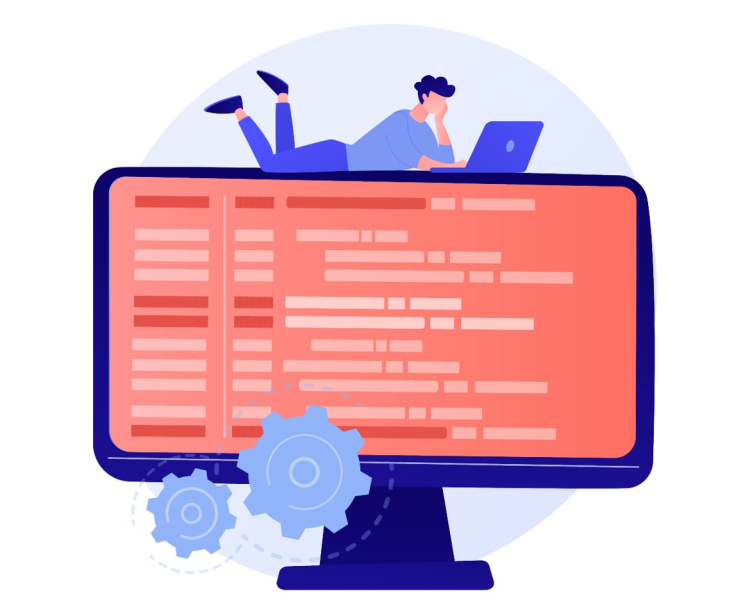
Posted on:
by Cathal McAliskey
CV Assistance
As an IT recruiter, I get it. Writing a CV is a daunting task, especially for engineers and developers who’d rather be solving technical problems than trying to “sell themselves” on paper. With tools like ChatGPT, it’s tempting to hand over the reins. But here’s the thing—when candidates let AI write their CVs entirely, they often lose their voice, and worse, they risk losing credibility.

Posted on:
by Cathal McAliskey
IT Contracting Advice
IT Jobs and Recruitment Insights
During my time working in the Irish recruitment industry, I’ve seen countless companies try to cut hiring costs without fully understanding the long-term impact. While it’s tempting to slash budgets or take shortcuts, poorly executed cost-saving measures often backfire, leading to higher attrition/turnover, training expenses, and a loss of top tech talent.
In today’s IT market, where developers change roles roughly every two years, it’s crucial to be strategic rather than reactive when reducing hiring expenses. Let me share some of the most common pitfalls I’ve encountered and how smart recruiters can truly optimise costs without sacrificing quality.
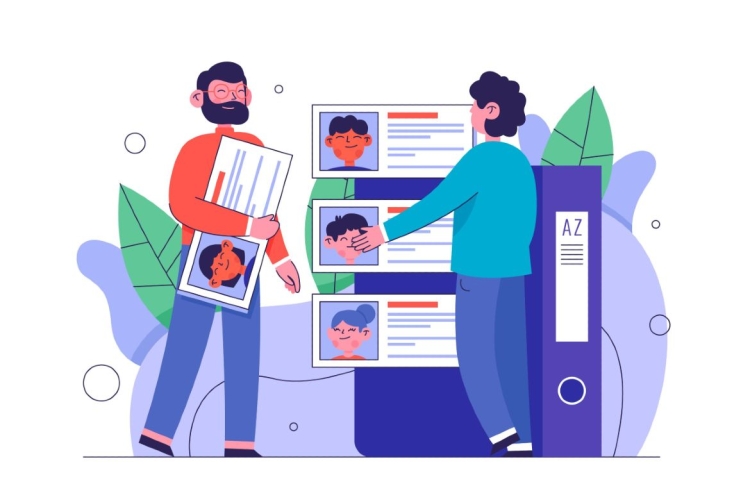
Posted on:
by Cathal McAliskey
IT Jobs and Recruitment Insights
The Irish IT sector is rapidly evolving, and so is the need for a tailored recruitment approach to meet its unique demands. I’ve seen first-hand the impact of an efficient, well-designed recruitment process that resonates with the Irish IT market. This guide offers practical steps and insights for talent acquisition teams on building the ideal IT recruitment process.
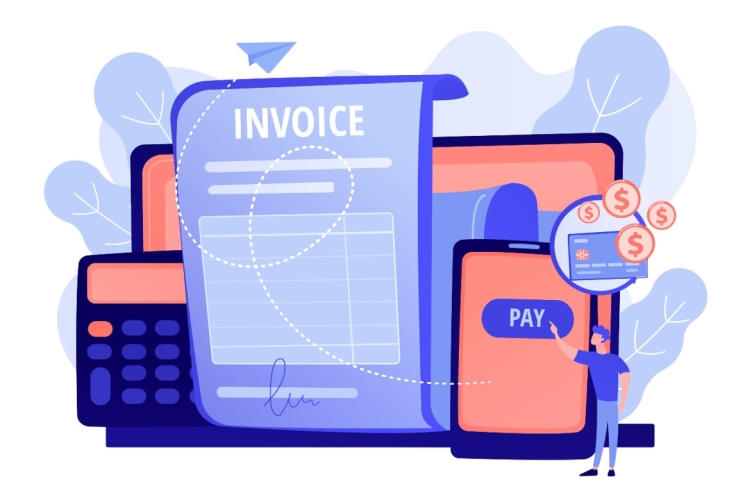
Posted on:
by Cathal McAliskey
IT Contracting Advice
IT contracting, especially in software development jobs, has become increasingly popular in Ireland. Contracting involves working on specific projects for a set duration, typically 6-12 months, usually paid on a daily rate basis. While the potential for higher earnings (up to 20% more than permanent positions) and flexibility attracts many professionals, it also comes with challenges like a lack of job stability and benefits.
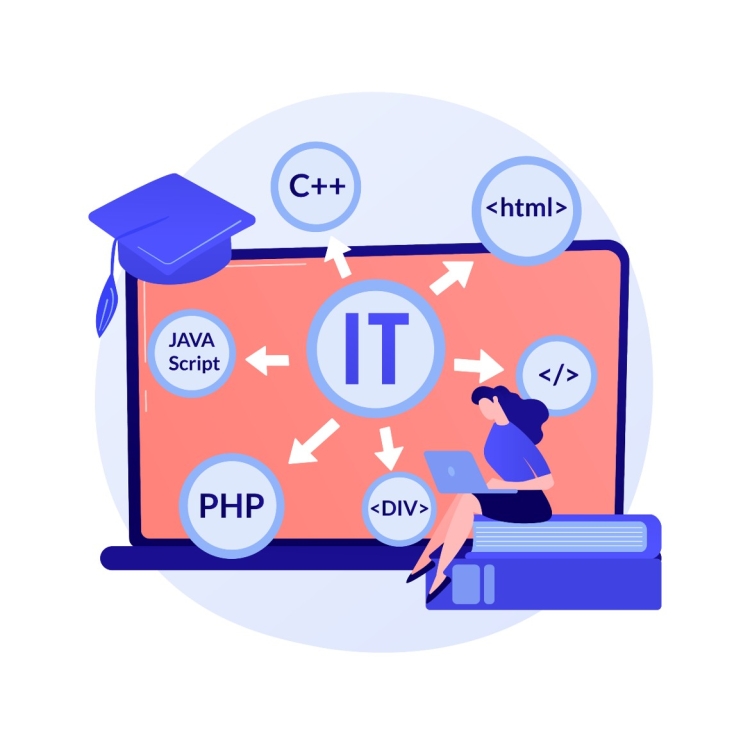
Posted on:
by Cathal McAliskey
IT Jobs and Recruitment Insights
I believe that the software development industry in Ireland is poised for transformative changes. With advancements in technology and shifting market demands, the future of software development in Ireland is rich with opportunities and challenges. As an experienced recruiter, I’ve seen firsthand how trends evolve and shape the landscape of these jobs. Let’s explore the key trends and emerging technologies that will define the future of software development in Ireland and how you can stay ahead of the curve.

Posted on:
by Cathal McAliskey
IT Jobs and Recruitment Insights
Are you considering a career in software development in Ireland? Or perhaps you’re already in the field and want to benchmark your salary against industry standards? Understanding salary ranges for different types and levels of software development roles can be crucial for making informed career decisions. In this blog, we’ll delve into software development jobs in Ireland, comparing insights from recruitment agencies, including GemPool’s salary guide, to provide you with a comprehensive overview.

Posted on:
by Cathal McAliskey
IT Jobs and Recruitment Insights
In today’s fast-paced digital world, software engineering stands at the forefront of innovation, driving progress across industries and transforming the way we live, work, and communicate. As technology continues to advance at a crazy pace, the demand for skilled software engineers has reached new heights. However, the skillset required to thrive in this dynamic field are constantly evolving, shaped by emerging technologies, changing market demands, and evolving best practices.

Posted on:
by Cathal McAliskey
IT Jobs and Recruitment Insights
In the dynamic landscape of the Irish IT job market, talent acquisition teams and hiring managers are constantly seeking innovative approaches to fill crucial tech positions. With the demand for IT professionals soaring and the talent pool seemingly shrinking, companies are increasingly turning to Artificial Intelligence (AI) to revolutionise their hiring strategies. In this blog, we’ll dive deeper into the creation of an AI-based hiring strategy, designed to address the distinctive challenges of the Irish tech industry and empower you to attract, evaluate, and secure ideal IT talent.

Posted on:
by Cathal McAliskey
IT Jobs and Recruitment Insights
Recruitment teams have a big responsibility of attracting and retaining top talent in today’s IT market. The tech industry in Ireland is highly competitive, and recruitment efforts can make or break the success of your company. That’s why it’s essential to measure the effectiveness of your hiring process.
Measuring the effectiveness of your hiring process can help you identify areas of improvement and ensure that you’re making the most of your recruitment efforts. By tracking key metrics, you can gain insights into how well your recruitment strategy is working and make data-driven decisions to improve it.

Posted on:
by Cathal McAliskey
IT Jobs and Recruitment Insights
As a software development manager in 2023, you must know the market around you and the fastest-growing skills. The candidates that demonstrate an interest in your open positions will likely either have obtained these skills or want to learn them. With prior knowledge of these emerging skills, you can help map out a learning and development pathway for your existing team and utilise these skills when you grow your team.
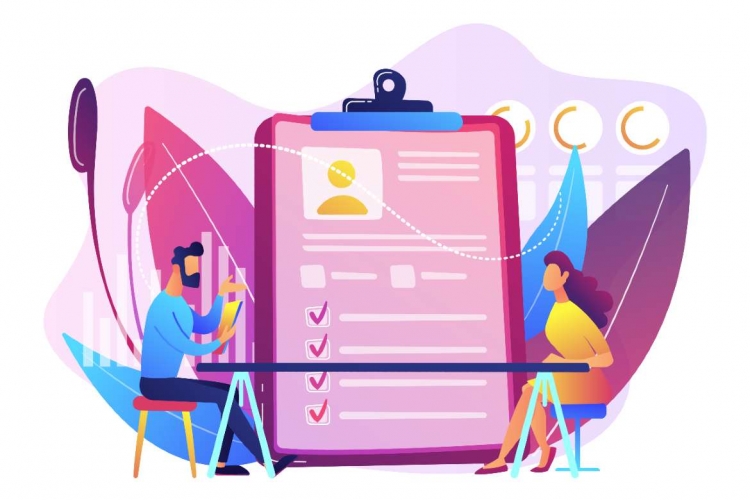
Posted on:
by Cathal McAliskey
IT Jobs and Recruitment Insights
In today’s recruitment market counter offers are the new norm, especially in the IT sector. Think about it, if one of your top employees hands in their notice, you are going to do everything in your power to try and convince them to stay. There is such a skill shortage in the IT tech market that companies won’t let go of staff without a fight.

Posted on:
by Cathal McAliskey
CV Assistance
How often have you found the perfect job, applied online and not heard anything back? In too many cases, good candidates miss out on being shortlisted due to a poorly written CV. In my job as an IT Recruiter, I review many CVs daily, and the bad ones always stick out. Your CV is a chance to make a great first impression, so it’s essential to get it right.

Posted on:
by Cathal McAliskey
IT Jobs and Recruitment Insights
With a huge demand for software engineers in today’s Irish job market, software engineering is one of the most sought-after skills you can have. Many engineers believe that coding is the universal language of the 21st century.

Posted on:
by Cathal McAliskey
Job Interview Preparation
In the current IT market, software developers change jobs roughly every 2 years, so it is extremely important to be well equipped in dealing with offers and hiring processes. Before entering interview processes, I would recommend doing these 2 things:

Posted on:
by Cathal McAliskey
IT Jobs and Recruitment Insights
IT is the driving force behind the growth of modern businesses. Today we see the importance of technology to our everyday lives, and the many opportunities to launch a career in the IT space. With IT constantly changing due to innovation, it’s crucial to plan out your career path and choose a rewarding vocation where you can be impactful. Here are some emerging career paths to consider:
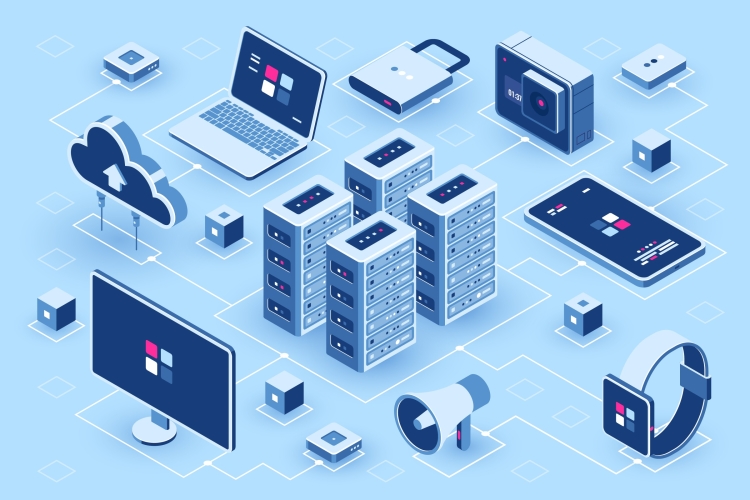
Posted on:
by Cathal McAliskey
IT Jobs and Recruitment Insights
Cloud Engineering has gone from strength to strength with the emergence of the public cloud offerings from AWS, Azure, and GCP. This has led to greater demand for cloud engineers to build or maintain cloud infrastructure. A career in Cloud Engineering is very appealing with the vast opportunities for learning, especially the number of certificates on offer from the cloud providers.

Posted on:
by Cathal McAliskey
IT Jobs and Recruitment Insights
Career goals are important for Software Engineers as they will keep you focused and keep you improving. Goals are targets to aim for, steps to follow with opportunities for progression. Let’s look at career goals, the different types, some examples, common mistakes and why employers should be interested in hearing about an individual’s career aspirations.

Posted on:
by Cathal McAliskey
IT Jobs and Recruitment Insights
Over the past year a lot of us have got used to our home offices and kitchen tables and have adopted working from home. What the pandemic has shown us is that we don’t need to be in a physical location to complete our job responsibilities and that commuting is time wasted.Going forward many tech companies will adopt more flexibility around remote working and this raises the question – How can Companies Attract Talent in a Remote World?

Posted on:
by Cathal McAliskey
Job Interview Preparation
From speaking to many candidates and hiring managers I have compiled a list of the best questions to understand software development candidates. These questions cover a range of topics from ideal environment to interests and motivations. An interview must be considered from both points of view.

Posted on:
by Cathal McAliskey
Job Interview Preparation
In the current climate there are great opportunities to upskill within software development. We are no longer wasting time on long commutes so we should have a lot more spare time on our hands. If you want to get ahead of the competition you should think about investing some of this time into upskilling and keeping up to date with modern technology.

Posted on:
by Cathal McAliskey
IT Jobs and Recruitment Insights
It’s human nature to look to the future and look at where our jobs could lead us and a career in software development is no different. While the progression ladder isn’t as straightforward as other professions, there are two directions developers usually take – Technical or People. Both options provide a challenging direction for developers but require a lot of preplanning and reflection to ensure they follow the right path.

Posted on:
by Cathal McAliskey
IT Jobs and Recruitment Insights
Cloud computing is something that is becoming more popular within today’s IT industry with the emergence of the cloud hosting offering from Microsoft, Amazon and Google. IT Companies see cloud as the future.

Posted on:
by Cathal McAliskey
IT Contracting Advice
Contracting is where you are hired to work on a project or task for a set period of time, normally 6 or 12 months. You receive what is called a contract for service rather than a contract of service (perm position). The 2 types of contracting are fixed term or daily rate.

Posted on:
by Cathal McAliskey
IT Jobs and Recruitment Insights
.NET is an open source developer platform used for building many different types of applications.Microsoft started to develop the .NET Framework in the late 1990’s with the first version beingreleased in February 2002, bringing managed code to Windows NT 4.0, 98, 2000, ME and XP. Since the first version, Microsoft has released nine more upgrades for .NET Framework, seven of which have been released along with a new version of Visual Studio. So we have .NET 1.0 through to .NET 4.8.